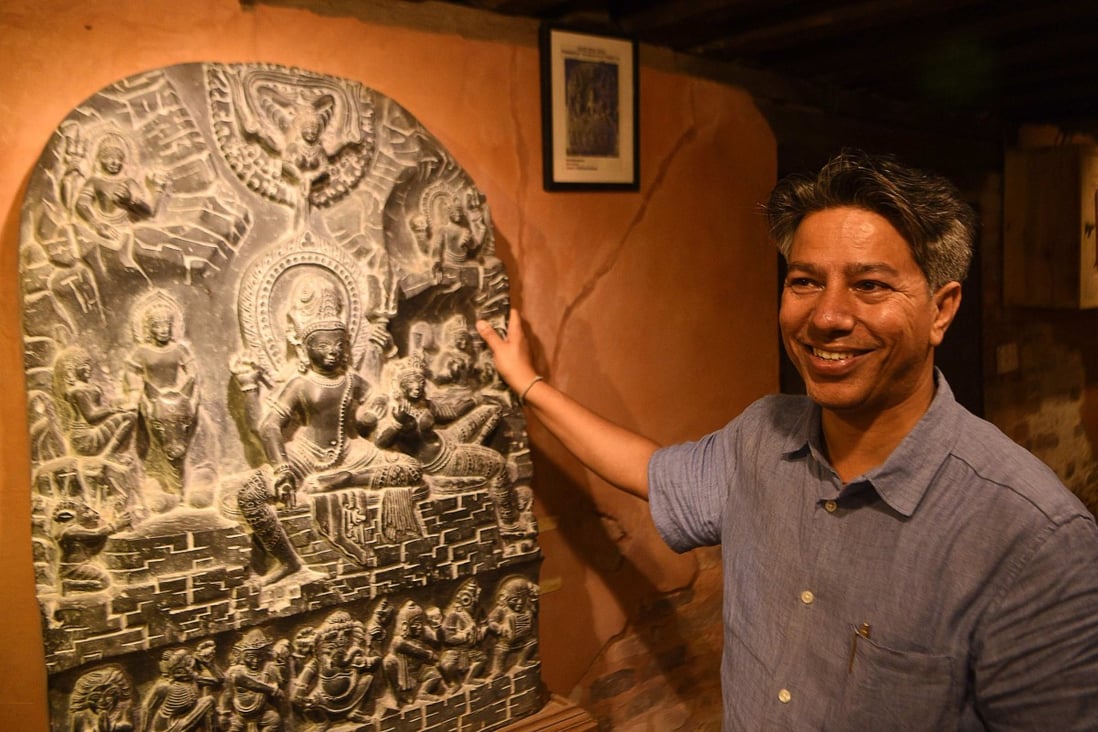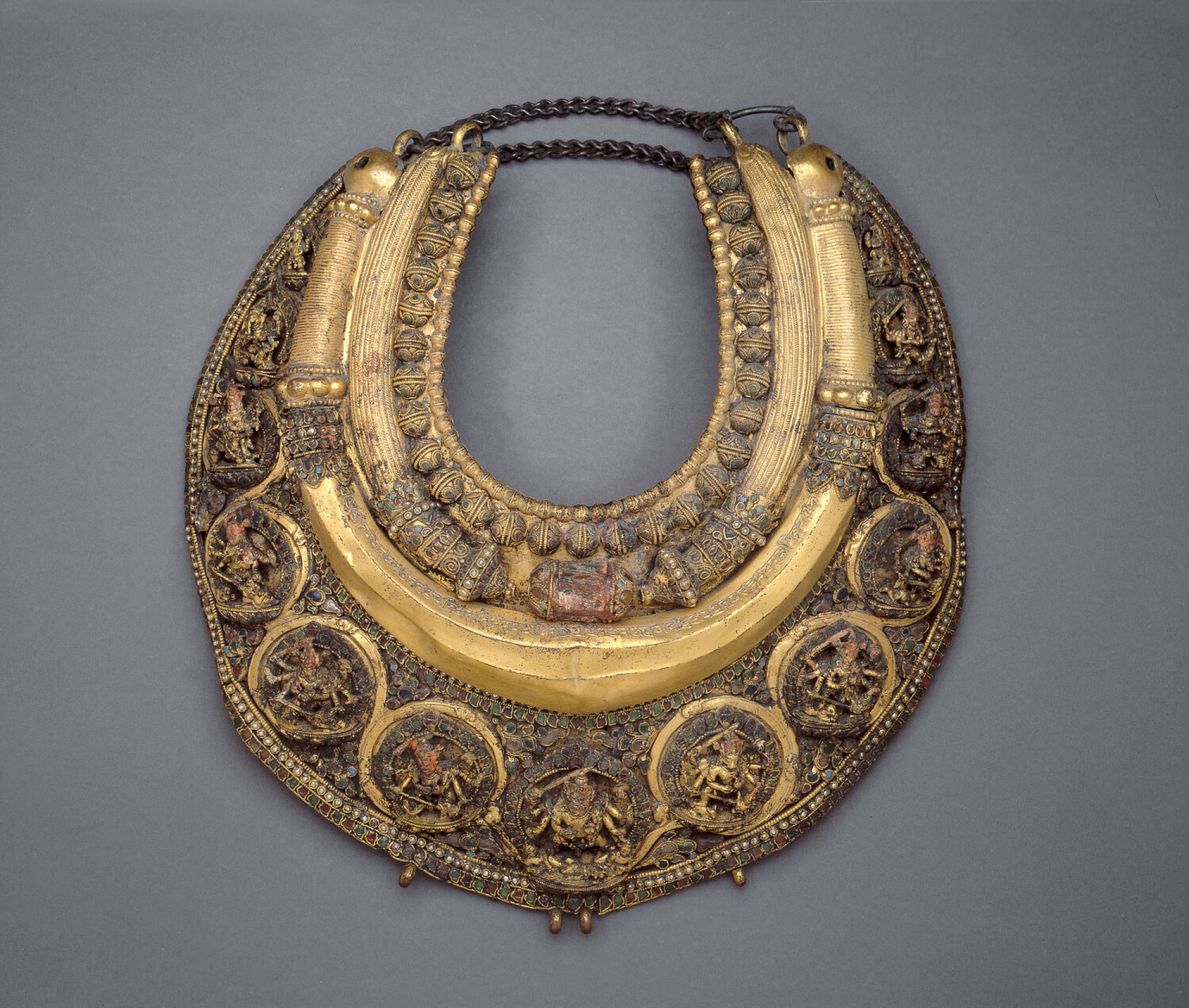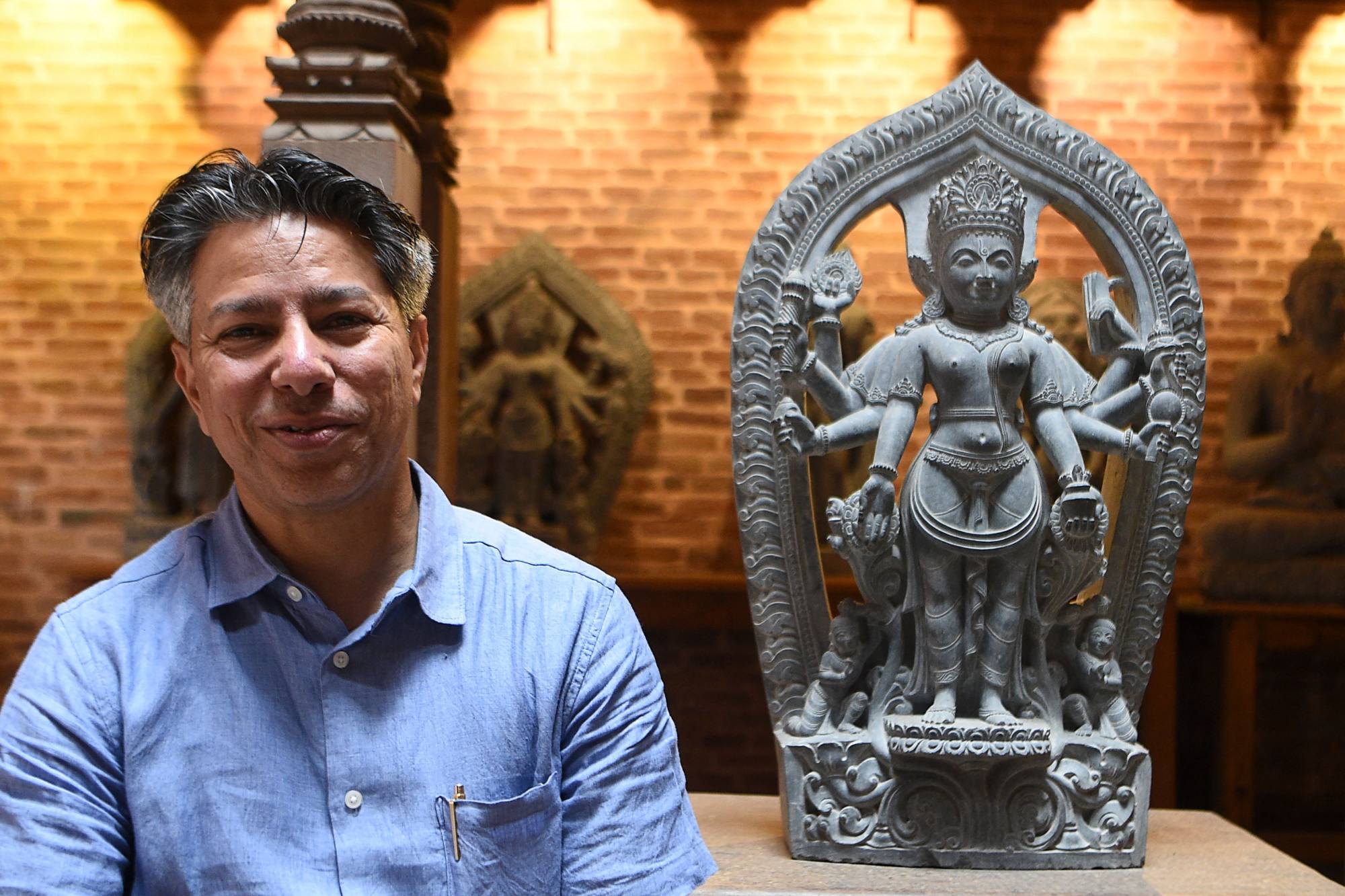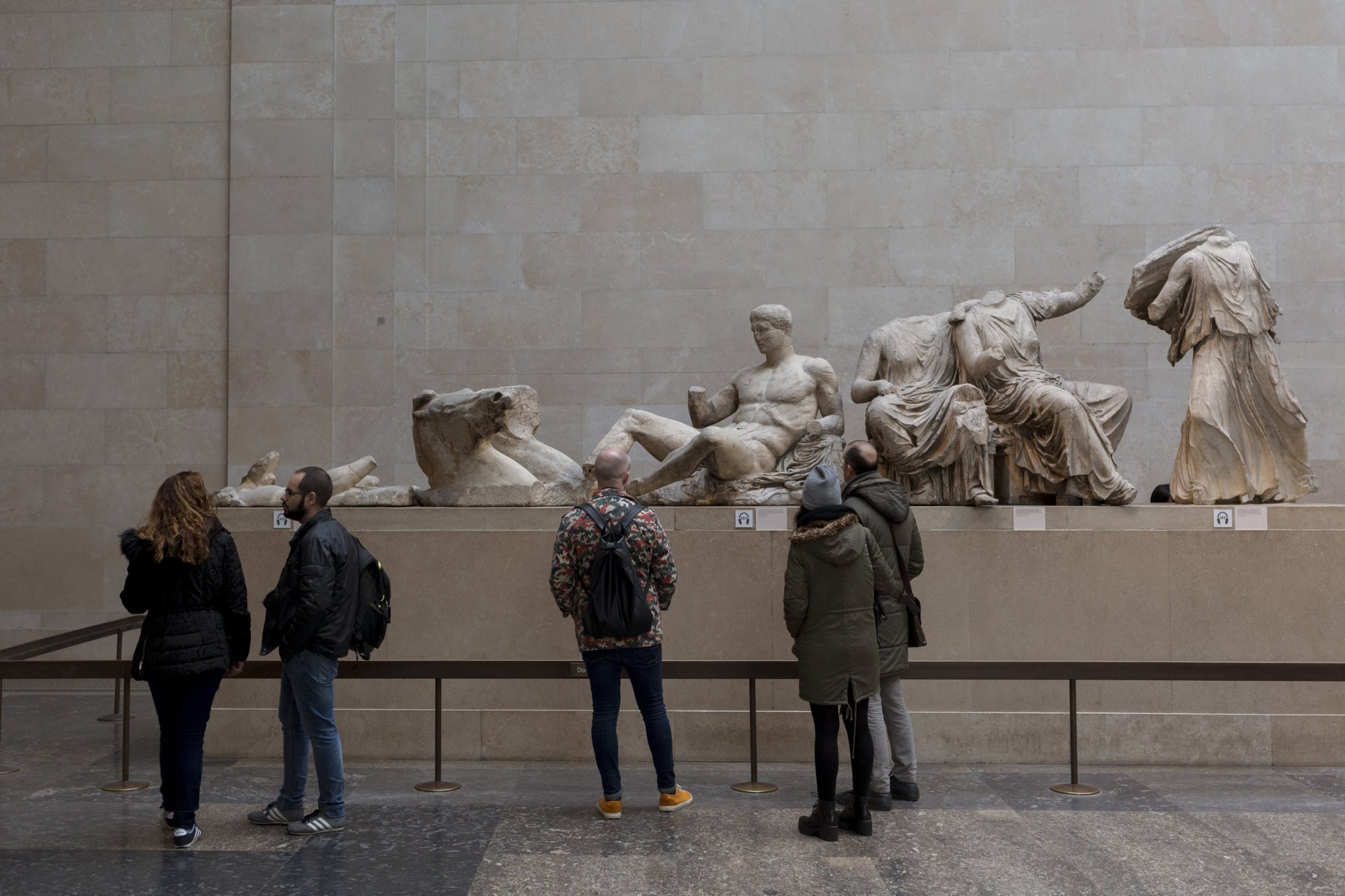Maria Kolesnikova, a leading figure in the Belarus opposition movement who has been jailed in Minsk, has given DW an exclusive interview. She talks about her trial and the ongoing struggle against Lukashenko.
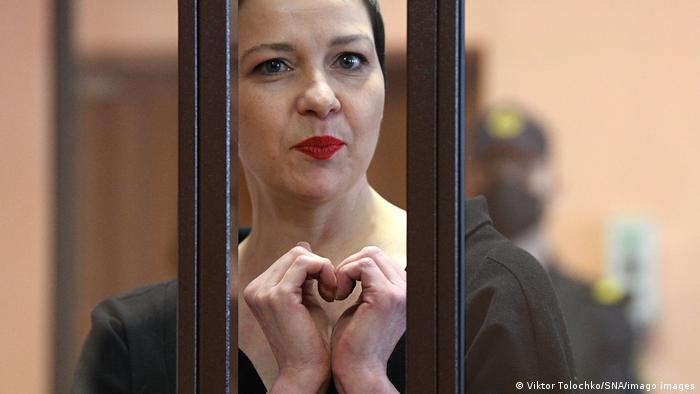
Maria Kolesnikova was handed a 11-year jail term
Leading Belarus opposition figure Maria Kolesnikova has been held behind bars for over a year in a Minsk penitentiary. In 2020, Kolesnikova coordinated Viktor Babariko's election campaign in the run-up to the country's presidential race. When Babariko, a prominent banker, was arrested, Kolesnikova joined the Belarusian opposition's Coordination Council, which backed anti- Lukashenko mass protests across the country. Demonstrations erupted after it was announced in August 2020 that incumbent leader Alexandr Lukashenko had been re-elected as president. Many countries refuse to accept the election result.
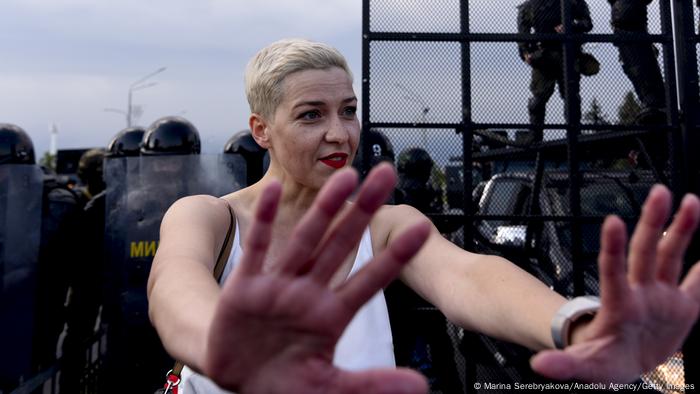
Maria Kolesnikova at a Minsk protest on August 30, 2020
Maria Kolesnikova — a professional flutist who spent years working as a cultural manager in the German city of Stuttgart — soon rose to become one of the country's most prominent women dissidents. In September 2020, Belarus authorities attempted to force her into exile. She would not budge, however, and was arrested. One year later Kolesnikova and fellow laywer Maxim Znak were tried for "inciting action aimed at harming national security" and "extremism." They were handed jail terms of 11 and 10 years, respectively.
International observers have called the trial a farce. Germany has repeatedly demanded Kolesnikova's release.
Kolesnikova will appeal the verdict on December 24.
Life behind bars taking its toll
DW succeeded in sending Kolesnikova a range of questions concerning her trial, life behind bars and expectations. Kolesnikova tells DW that life in custody means being deprived of "everything: air, the sun, my flute, letters, conversations, and a shower." But, she added, "knowing what you live for means that does not matter."
While her mail correspondence has been restricted, she nevertheless feels "the care and love of people in Belarus and the whole world." That, she said, gives her "colossal support and energy."
German singer-songwriter Wolf Biermann — once a prominent East German dissident — and Green politician Claudia Roth have been campaigning for her release.
Kolesnikova says jail terms handed down to her and Maxim Znak are "absurd, because neither of us are guilty." She said it was "only one person who seized state power," and refuses to ask for a pardon, saying "that is out of the question." How, she writes, is she supposed to confess to something she has not done?
No regrets
Together with Svetlana Tikhanovskaya and Veronika Tsepkalo, Kolesnikova made up a trio of prominent dissident woman who have come to represent the Belarus opposition movement. Tikhanovskaya and Tsepkalo have been forced into exile. Indeed, Tikhanovskaya recently said she could work more effectively from abroad, as a return to Belarus could land her in jail, too.
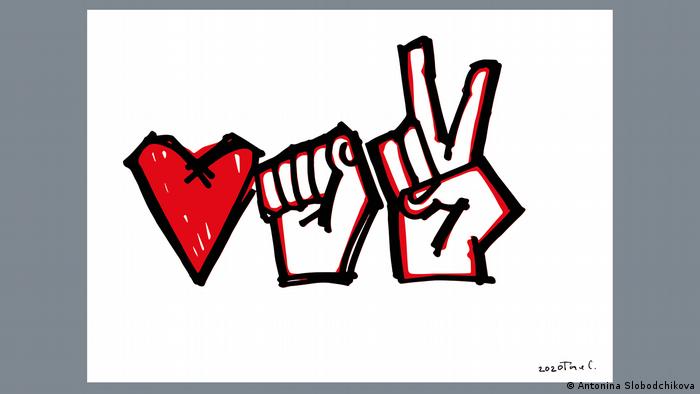
DEFIANT POSTER ART BY BELARUSIAN ARTISTS
Three symbols of Belarusian resistance
An exhibition at the Museum Folkwang in Essen shows how artists from Belarus are defending themselves against the regime in the digital realm. This picture by Antonina Slobodchikova shows the symbols of the strong trio of women who stood up to Lukashenko: Maria Kolesnikova's symbol is the heart, Svetlana Tikhanovskaya's is the fist, and the victory sign represents Veronica Tsepkalo.
12345678
Kolesnikova tells DW she does "not regret" remaining in the country. She says that "jails are crowded with honest, courageous Belarusians, who waste no time thinking about giving up, despite the phenomenal pressure [they are under]." She adds that "it is an honor to join my people on this journey towards peace and change; everyone plays a [unique] role in this story."
Kolesnikova writes that she has plenty of plans for when she gets out of jail. "I have many ideas for music and arts projects; one of them is transforming the remand center into a cultural hub." She also intends to set up a "center for resocializing and rehabilitating women who have been imprisoned."
Will Lukashenko be toppled?
DW also asked Kolesnikova about a new constitutional draft proposed by Lukashenko, as well as a recently signed deal between Belarus and Russia. She writes that "nobody has seen the new conditional draft, or the 28 union state programs [road maps that are intended to bind the two countries more closely together]." The dissident writes she finds it hard to believe civil society and the media are being "destroyed" in the country, while at the same time effort is being made to "democratize" the constitution and "get away from authoritarianism."
She also urged all Belarusians in exile not to forget about their fellow compatriots at home. And she says "I admire all those who were forced to emigrate and still keep fighting for Belarus; everyone is putting in their share working towards a common goal." She goes on to say that "it is important not to get detached from reality, and to realize that the situation is rather serious and that it will take a while until a solution is reached."
She tells DW "over a year" had already been lost in the struggle to remove Lukashenko. But she is certain his departure is "merely a matter of time, that is the price Belarusians will pay." She writes that everyone — including Lukashenko and his allies — loses out the longer he remains in power. "Nothing lasts forever, and there are forces [within the government] open to constructive steps and dialogue," she tells DW. "The lives of Belarusians, our shared future, our shared home — those are our core values; and they compel us to seek a way out of this crisis."















